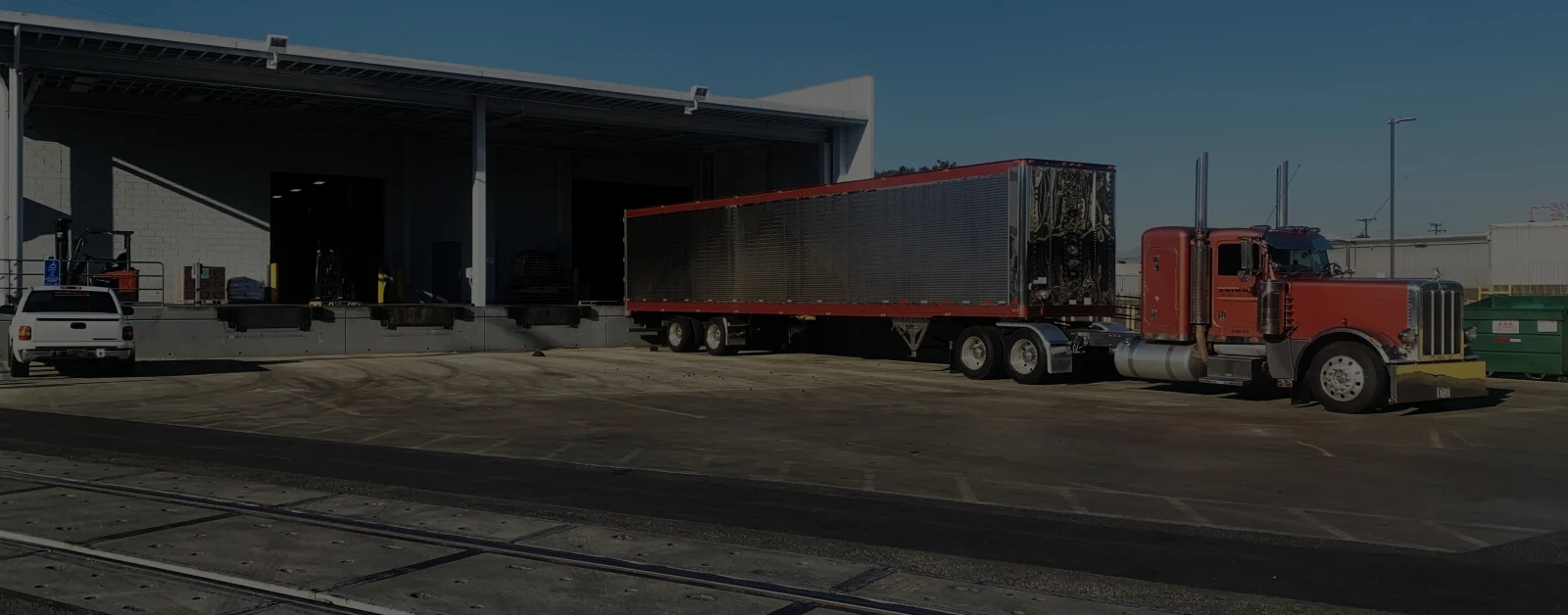Warehousing Strategies for LTL Logistics

Logistics decisions can make or break your business operations. When dealing with Less-than-Truckload (LTL) logistics, the stakes are even higher. Smart warehousing strategies become essential to streamlining operations, reducing costs, and enhancing overall supply chain efficiency for smaller freight loads. In this post, we’ll explore strategies, focusing on key factors like choosing a strategic location, capacity utilization, inventory management, and cost reduction techniques. Here are some warehousing insights to elevate your business operations.
Strategic Warehouse Location
Picking the right location for your warehousing needs sets the stage for efficient LTL logistics. It’s more than just picking a central spot —it’s a strategic move. For instance, if you operate in Southern California, the proximity of the warehouse you select to major ports like Los Angeles and Long Beach is one of the most critical warehousing strategies. Being close to your customers reduces last-mile delivery times and costs. Proximity to major highways, ports, and railways streamlines transportation and cuts transit times.
Be sure to select between centralized and decentralized warehousing models, depending on your specific logistics needs. Centralized warehousing consolidates inventory in one place. It simplifies inventory management and lowers operating costs, but it can also increase transportation distance and time. Decentralized warehousing means relying on multiple warehouses across regions, closer to customers. It decreases shipping times and costs, marginally increasing inventory management complexity.
Efficient Warehouse Layout and Design
An efficient warehouse layout is one of the critical warehousing strategies to ensure the smooth flow of multiple small shipments. Key functional areas to focus on for pallet-level warehousing processes include receiving, storage, and distribution capabilities. You’ll want a warehouse that designates an efficient unloading area to minimize bottlenecks, ensuring smooth pallet intake. Look for designated staging areas for incoming shipments to optimize inbound operations. The warehouse space should be organized ergonomically, maximizing utility and optimizing storage density to make the most of available capacity.
Look for warehousing that offers a high-density pallet racking systems and deep-lane storage solutions that accommodate a greater volume of pallets. You’ll also need an LTL logistics provider that incorporates a well-structured distribution center to facilitate efficient pallet handling and management. Well-coordinated and streamlined warehousing ensures your logistics requirements are met. The use of innovative warehousing strategies, such as Automated Storage and Retrieval Systems (AS/RS), also simplifies complex processes, cuts down on human error, and speeds up operations.
Real-Time Inventory Management
Achieving the right balance in inventory management for Less-than-Truckload logistics is critical. Advanced tools and predictive algorithms can help in demand forecasting and inventory planning, using historical data, seasonal trends, and real-time analytics to fine-tune inventory levels. ABC inventory analysis is another useful technique, categorizing inventory into high-value and low quantity (A-items), moderate value and quantity (B-items), and low-value and high quantity (C-items).
This allows businesses to focus on their most valuable items. Additionally, combining this with a Warehouse Management System (WMS) enhances quality control and inventory accuracy, providing real-time tracking to prevent discrepancies and support effective LTL logistics. By providing insights into inventory movements and stock levels, a WMS helps maintain the right balance of inventory, reduces the risk of stockouts or overstocking, and improves overall operational efficiency.
Order Fulfillment Processes
Prioritizing quick and accurate order fulfillment is crucial for satisfying LTL requirements. Streamlined order fulfillment involves multiple warehousing strategies aimed at enhancing efficiency and reducing errors. One effective approach is cross-docking, which minimizes storage time by moving goods seamlessly from receiving to shipping, thus expediting LTL shipments and keeping inventory lean. Leveraging advanced order management systems (OMS) can synchronize orders and shipments in real-time, ensuring that information flows smoothly between the warehouse and logistics partners.
Implementing robust quality control measures at each stage of the fulfillment process can further ensure accuracy and reduce the likelihood of errors. Moreover, integrating transportation management systems (TMS) with warehouse management can help optimize routing and scheduling, ensuring timely deliveries. These warehousing strategies collectively enhance the efficiency of LTL logistics and contribute to better customer satisfaction.
Convenient Warehousing and Distribution Services

Convenient warehousing and distribution services are key to streamlining LTL operations. As mentioned earlier, strategically placed warehouses facilitate quicker deliveries and enhance customer satisfaction. Security assurance is also key to protecting goods from theft and damage. Cost-effective operations can also be realized with warehouse automation to optimize operations, reduce labor costs, and minimize errors.
Optimizing LTL performance is possible through coordinated warehousing strategies that minimize delays and improve inventory flow. By having strong partnerships with import logistics providers, businesses can ensure smooth customs clearance. Finally, access to innovative Warehouse Management Systems (WMS) and real-time tracking enhances inventory accuracy and decision-making. These strategies ensure efficient, secure, and cost-effective operations, ensuring customer expectations are met.
Get Started With Cummins Logistics
Mastering warehousing strategies for LTL logistics requires a holistic approach. With a combination of these strategies, businesses can expect fewer disruptions, reduced costs, and higher customer satisfaction. The trend towards increased adoption of smart warehousing technology promises even further efficiency in the future. Talk to an expert at Cummins Logistics to start strategizing today to transform your Less-than-Truckload logistics operations.

